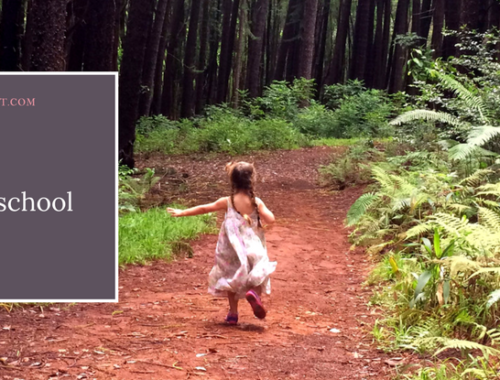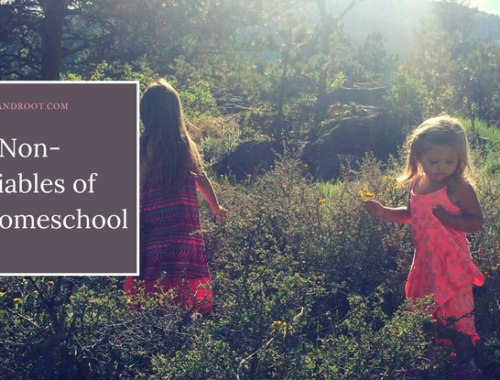Until last year, I dreaded winter. Winter, to my gardening, barefoot self was a season of eternal inconveniences, discomfort, and grayness. After leaving Colorado, our winters spent in Hawaii went largely unnoticed, other than better waves and whale-watching. I didn’t skip a beat in our daily excursions, so our nature-based homeschool rhythm had a chance to really take root. When we came back, our first winters were an exercise in patience–and I didn’t enjoy them very much at all. I did, however, notice what a big dent that season left in our outdoor lifestyle. And I knew something had to change–specifically, my mindset about winter.
I spent the entire season last year, bound and determined to fall in love with winter. I was tired of it feeling like a holding period during which everything we enjoyed was paused while we waited it out. I wanted us to treat winter like we did every other season–a unique tide, full of its own special beauty–a gift.
I learned a lot, and as a result, I went into winter this year with excitement. Though there were many things that contributed to this shift in perspective, there were ten key things that really turned things around for me. So I thought I’d share them with you–just in case any of you feel the same way about winter as I did.
Tip No. 1: Seek the Sunshine
The first thing I did was to restructure our day so that we could be outdoors during the warmest and sunniest parts of the day. During the summer and autumn, we tend to head out early in the morning or late in the afternoon, avoiding the hottest part of the day. But in the winter, we seek out the peak hours of warmth and sun, and plan our day around them.
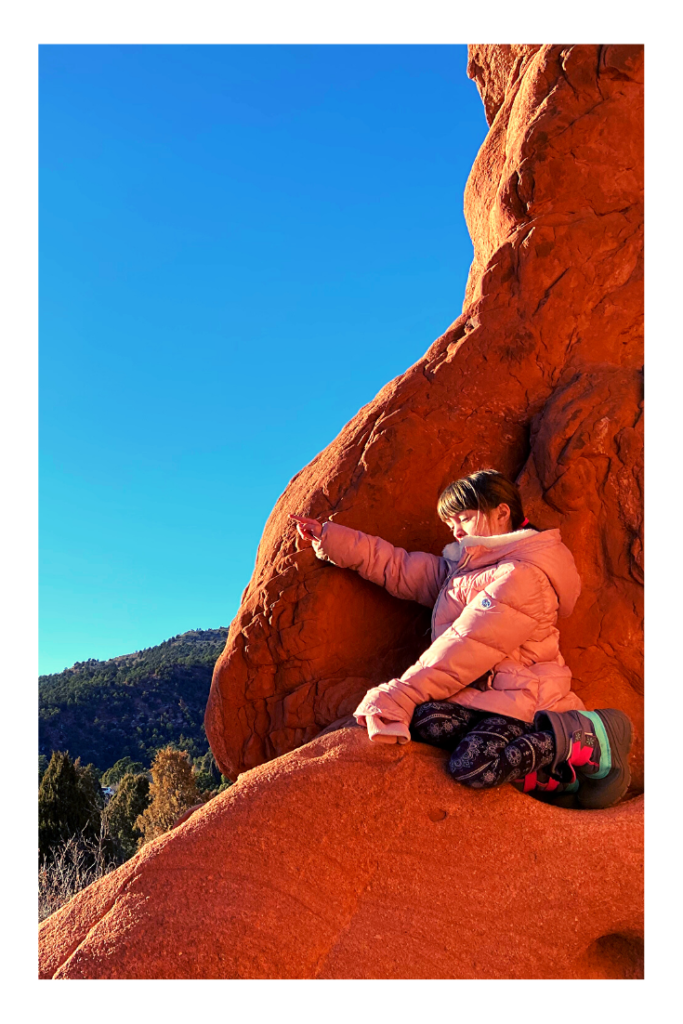
Tip No. 2: Invest in Good Winter Gear
This was paramount! As soon as I got the girls proper winter gear, things changed. Now, instead of giving up on outside time because they’re cold and wet, they rally until their stomachs call them home. If I bring lots of mitten-friendly snacks, which I’ve learned to do, they can go for hours without any discomfort whatsoever. Typically, they sport a wicking under-layer, snow pants with a bib, and a good winter coat. Sturdy, waterproof boots, high-quality mittens, a wool hat, and a fleece neck-warmer all keep things warm and dry. If it’s especially cold, they might wear an extra fleece jacket under their coat. The important thing is that the pieces can be shed one-by-one as they get warm.
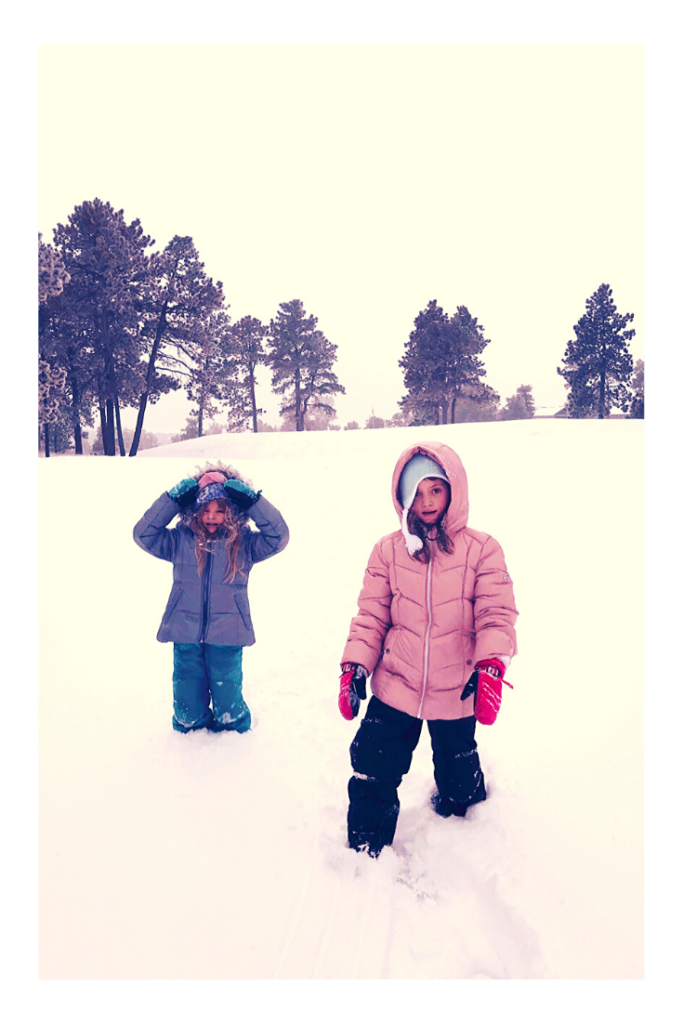
Tip No. 3: Don’t Forget Yourself, Mama
This was a mistake I made last year that I’ve since corrected. I got my girls geared up and, as a result, they were set for hours of winter play. I, however, had not considered myself and usually spent the time shivering in my thin leggings or jeans, with my hands shoved in my coat pockets to keep them warm. This year, I made sure I went into winter with proper gear for myself. Leggings and a long-sleeved shirt under ski pants, good-quality winter boots, a very warm coat, and all of the extras–hat, neck-warmer, and proper gloves–and I can last as long as the girls, even on the coldest days.

Tip No. 4: Study Winter-Specific Topics Outside
One thing that made last winter really fun was focusing on things that were harder to learn about in other seasons. We spent a lot of time exploring seeds and seed pods, learning about hibernation and winter adaptations of local animals, and studying tracks and scat. Ice, snow, and conifers also make excellent winter subjects for nature study.

Tip No. 5: Enjoy the Opportunity for a Different Perspective
My oldest daughter is a tree-climber and last winter she made the happy discovery that winter offered a very different view from many of her favorite trees. With the leaves out of the way, her vista changed and she spent hours just watching the world around her. Many of our favorite creek-side trails opened up in the winter, revealing secrets and stories that were normally hidden behind thick brush. Winter gives us a chance to see what we normally cannot, and offers an opportunity to explore our much-loved places with a new perspective.
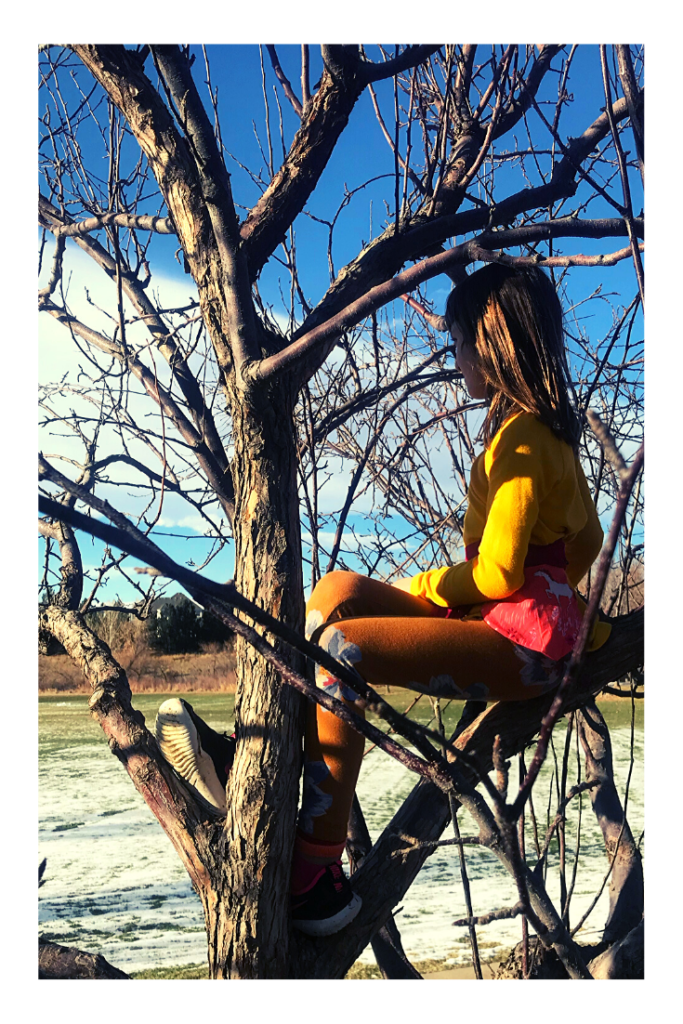
Tip No. 6: Seek the Unique Beauty of the Season Intentionally
One of the things that helped me change my mindset the most was the intentional decision to seek out winter’s unique beauty. Often, I would venture out in the early morning alone to photograph the frost on the windows, the frozen leaves, and the intricate ice formations that had been carefully built upon branches and berries the night before. Making time to appreciate these little gifts made me feel grateful to witness them. Suddenly, a season I’d always perceived as gray and lifeless was filled with special treasures.
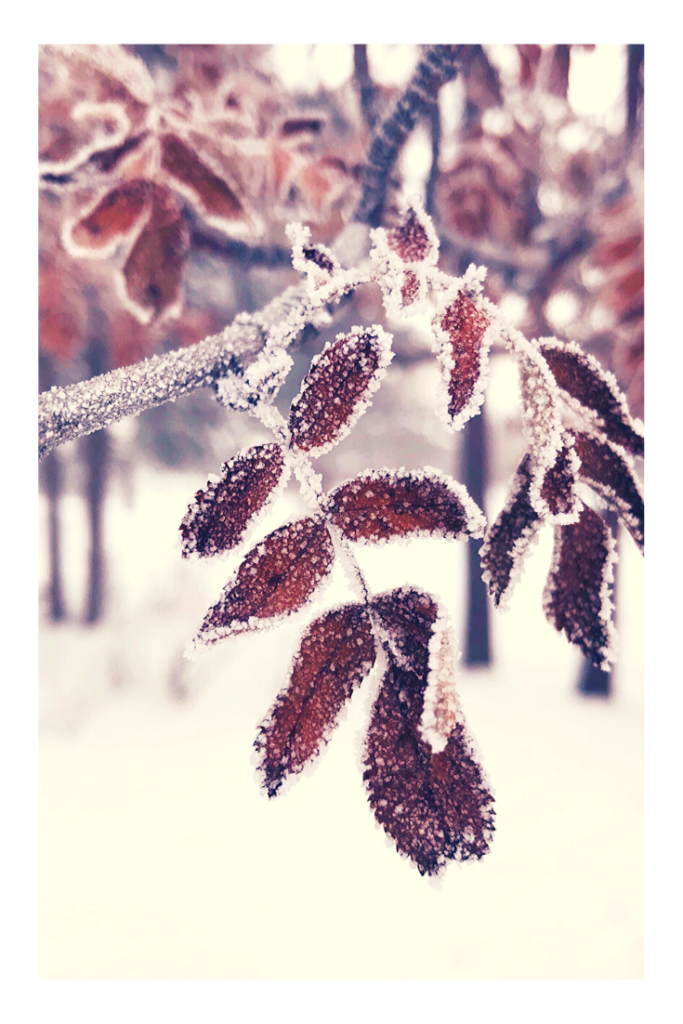
Tip No. 7: Embrace the Cozy
Perhaps one of the most important considerations when trying to fall in love with winter is what happens when you come back inside. I learned to fill our home with coziness upon our return from our winter wonderlands. We would kick up the fire, make hot tea or apple cider, and snuggle under blankets together. We held special winter “poetry teatimes” with cocoa and marshmallows, spent afternoons making big pots of soup together, filled the house with the smell of baking bread, and lit candles. It became such a pleasurable experience to come indoors after playing hard in the cold, peeling off our layers and warming up together in our little home.

Tip No. 8: Bring Nature Study Into Your Living Room with Beautiful Books
On that note, there were many days when we lead our nature-based lifestyle from the comfort of our cozy living room, rather than venturing outside. I stacked up our favorite nature-themed picture books near the couch, and all of its inviting pillows and blankets. Many a book was slowly devoured near the fireplace that winter. You could also set up bird feeders near a window and conduct your nature study that way.
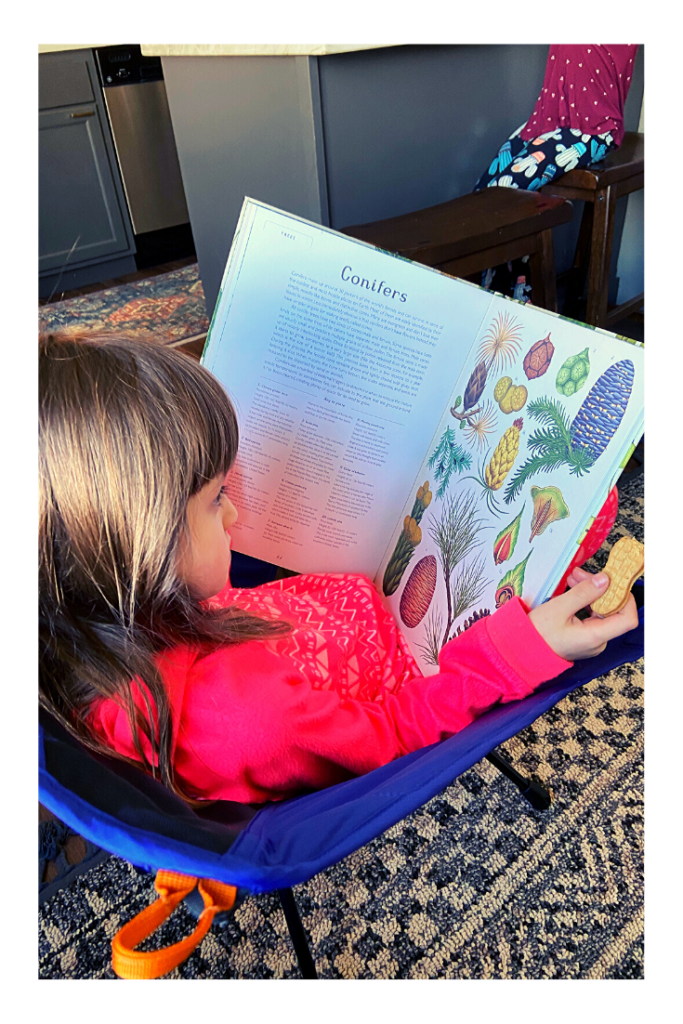
Tip No. 9: Play Nature-Themed Games by the Fireplace
Our nature-themed games often get neglected during the warmer months of the year. We’re so busy romping about, climbing and hiking and exploring, that we forget all about Bird Bingo and Wildcraft waiting on our homeschool shelf. Winter is the best time to really dig into your nature-themed games, or really any board games and card games you have at home. There’s something so special about gathering together as a family to play a game. When it’s just too cold or too windy to brave the outdoors, embrace the opportunity to dig into the things that you never seem to make time for in the rush and thrill of summer.
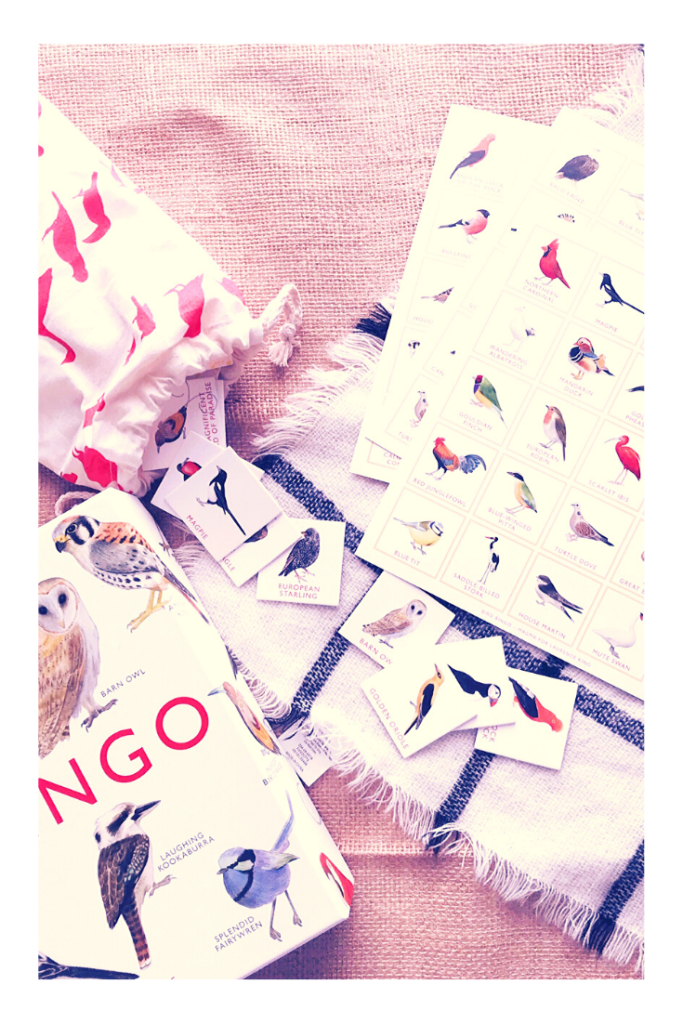
Tip No. 10: Work on Your Art or Handicraft Skills to Capture Nature Indoors
Last winter, I started playing with needle-felting. I thought it was so much fun–like painting but with wool. One afternoon, I found myself struggling as I waited (impatiently) for the right time to start my garden’s seedlings. It was too early, but my hands were itching to plant. I picked up my needle-felting bag and set to work, making a little wool radish. It really helped me to meditate on the task of making that radish, and the frustration of having to wait to plant dissipated. Winter is a great time to work on handicrafts or to hone your nature-journaling skills. There are a lot of YouTube videos and tutorials you can use to improve your skills before spring comes around and you’re back in the field again.

I hope my list is helpful for any of you who might be in the same place I was whenever winter rolled around. Please feel free to share your own tips for nature-based homeschooling in the winter in the comments below!
Curious about how to start a forest school? Click here to read a helpful article from Wonderschool.
Get Your FREE Trial Issue of Book Seeds By Blossom & Root!

This FREE issue, inspired by the book The Three Sunflowers by Janet Lucy, includes two weeks of activities including nature study, STEAM, art project, recipe, and exploring language and poetry. Suitable for ages 3 - 8. Grab yours today!


